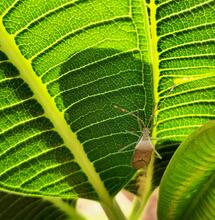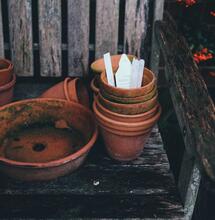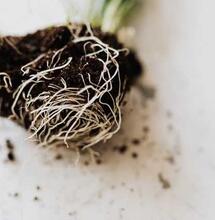Why do Plants Need Silica?

We sometimes use Silica as an additional growing supplement during our plants lifecycle but do you know why? Here we look at what Silica is and why plants need it.
Silica, or silicon dioxide, is a mineral component of nearly 95% of known rocks, silica exists in three main crystalline forms, including quartz. In both plants and minerals, silica contributes to the formation of support and protection structures, thus facilitating various vital functions. Understanding the presence and role of silica in these organisms allows us to better measure its ecological importance as well as its many agricultural, industrial and scientific applications. Silica, essential for the plant kingdom, fulfills structural and protective roles. It constitutes up to 95% of the husk of a grain of rice, while wood can accumulate up to 90 kg per hectare.
This element helps strengthen the cell walls of plants, giving them increased resistance to pest attacks and environmental stress. In horsetails (Equisetum), silica combines with carbohydrate substances to form silico-organic complexes. These elements, when observed under a microscope, appear as small grains between the cell membrane and the skeletal wall. Silica is absorbed from the soil by the roots, transported to the aerial parts of the plant, and then deposited in the stems and leaves. Once lodged in the stems of the horsetails, the silica deposit participates in the creation of crystals called raphides.
These crystals, in the form of needles (made up of certain forms of calcium), seem to serve as a protective mechanism: they can cause injuries to the oesophagus or throat of animals that consume them. However, the role of silica in plants is not limited to simple mechanical protection. It also plays a role in the regulation of transpiration and improves photosynthesis by increasing the reflectance of the leaves. Silica deposits reduce water loss by strengthening stomata, which is essential for many plants that live in arid or drought-prone environments. Several living organisms actively use silica. Diatoms, single-celled brown algae, use it to create their siliceous shell called a frustule. The silica is incorporated via an enzyme, forming complex structures.
Their rare ability to transform silica makes them important for the biomineralization and biogeochemical cycles of our planet. This unique asset allows us to use them in the production of diatomites, used for filtration, insulation, and many other industrial applications. Sponges, simple multicellular animals, depend on silica to strengthen their internal skeleton through structures called spicules. These siliceous structures give sponges rigidity and elasticity that allow them to colonize diverse marine habitats, from sandy bottoms to rocks. For example, Hyalonema produces long spicules that anchor the animal in the sediment, allowing it to filter water and absorb more silica and other minerals
Sponges are estimated to provide up to 90% of the silica in coastal sediments and sequester approximately 48 million tons of silica each year, making them crucial to marine biological cycles. In the garden, knowing how to use silica can have many benefits. This key element strengthens plant growth, improves their defences against fungal pathogens, repels pests and can even increase yields. Below ground, silica protects plants from external threats (e.g. microbial) and boosts their productivity. Indeed, the element not only strengthens cell walls but also increases the resistance of plants to mechanical and osmotic stress.
By adding silica to the soil, cell walls become more robust, strengthening stems and branches. Silica stimulates plant metabolism, leading to rapid growth and efficient energy production, by increasing chlorophyll levels and photosynthesis. More resilient, they can more efficiently transport water and absorb nutrients more easily. Finally, thanks to a reinforced cellular barrier, silica protects against fungal diseases and parasites such as Pythium and downy mildew, by fortifying infected areas and creating a mineral barrier against fungal hyphae.
Silica therefore plays an essential role for various organisms as well as in our ecosystems, passing through several mineral, plant and animal forms. Its ability to strengthen biological structures and form mineral deposits makes it a crucial element for many.
More From Soft Secrets:



.png)
